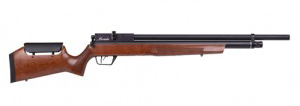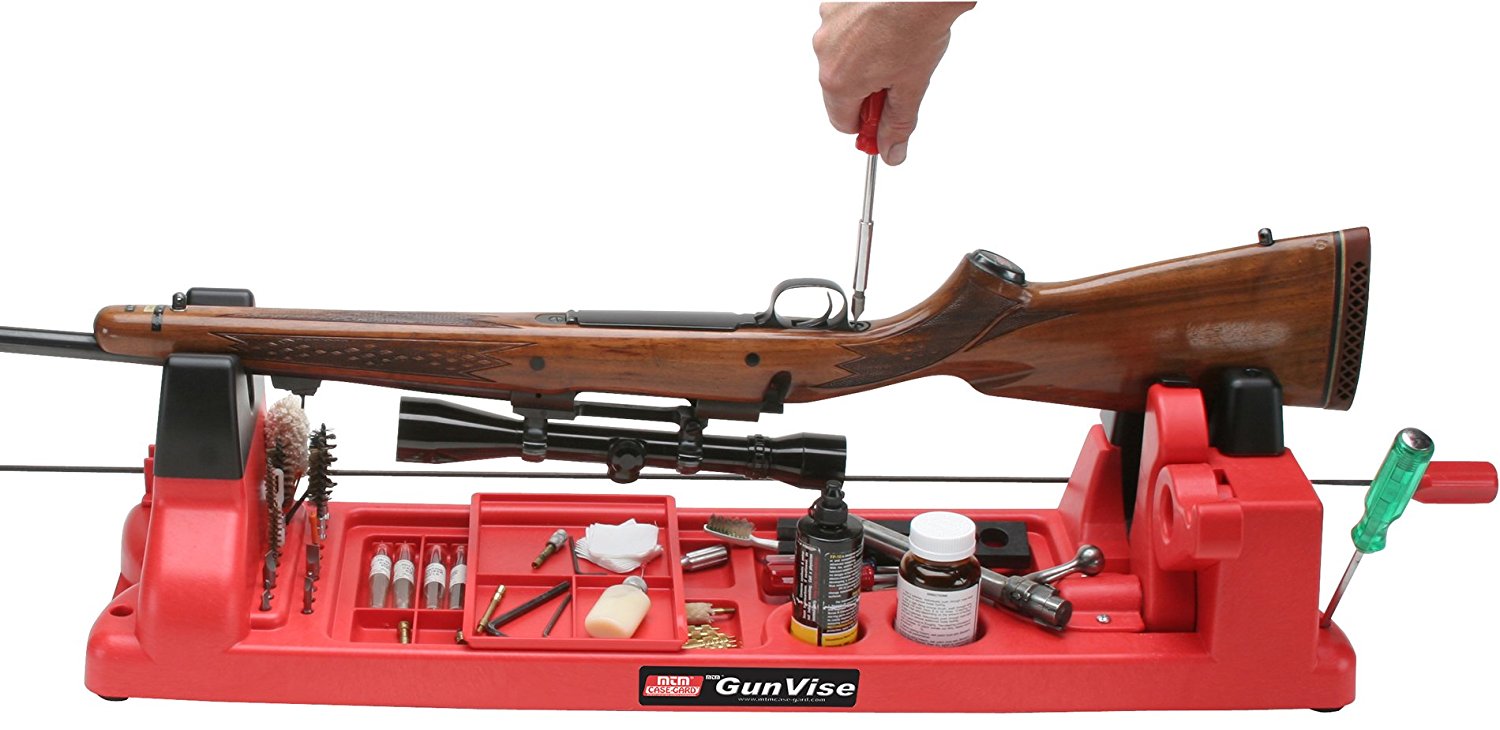From the earliest firearms like the harquebus to modern day guns like the M-4 Carbine, firearms were projectile weapons and the best ones were those that could accomplish their destructive, deadly objective with one press of the trigger. However, there are variations of firearms that are not totally intended to take away lives. One such infamous firearm is the air rifle, also known as pellet rifle or air gun.
The Air Rifle: What You Need To Know
Unlike normal firearms which rely on gunpowder as the propellant for its ammunition, an air rifle uses compressed air. This translates into air rifles using non-lethal bullets for their ammo. Thus, like toy BB guns, air rifles mostly fire pellets.
Be advised though that even as they fire only plastic or rubber pellets, a hit from an air rifle can be quite painful and might even be fatal if it hits a critical part of the body. Air rifles are so strong they are used for hunting game fowl like wild ducks and small birds but also for competition shooting on paper targets.
But like all mechanical gadgets, air rifles are not indestructible nor perpetual machines whose running conditions are forever at its peak. There are tiny parts that are moving or will be moved, which means friction will set in and degrade the quality of the operation.
In addition, because these firearms are frequently used outdoors, they are at the mercy of the elements. Rain and snow will seep into the cracks and seams of your air rifle. It won’t be long before you’re scratching your head as you keep missing your target as your gun becomes inutile.
Fortunately, an air rifle is not that difficult to maintain and take care of. If you are passionate for the field or craft where you use it, then you should be able to find the interest and motivation to look after this firearm.
Keeping Your Air Rifle in Tip-top Condition
Many of the methods and ways in taking care and good maintenance of air rifles are so basic and simple yet are very much able to prolong and extend their effectiveness. Follow these tips and you will be enjoy your air gun for a longer period of time.
We will begin with a few tips and reminders on what you should not do with your air rifle.
-
Avoid dry firing
Dry firing is cocking a gun, aiming at an imaginary target and then squeezing the trigger to test the firing pin and logically, whether the gun is operating. While this may seem normal for regular firearms, this is not recommended in air rifles.
Dry firing stresses the seal and power plant which is crucial for proper projectile propulsion. This could cause the air gun to ultimately fail and cease to function.
-
Use only the proper ammunition
In movies and on television especially those about action, we always witness how the star runs out of bullets and improvises on ammunition. Almost everything can be used from cotton balls with broken glass, silver forks, small nails, even sharpened sticks soaked in gasoline. Of course, improvised ammo is what saves the day.
This is done only in the movies, highly unlikely in real life and absolutely not when it comes to air rifles! Unless your life is in danger that you need your air rifle firing whatever object that fits the barrel, load it only with the proper ammunition. Proper ammunition means those exclusively made for air rifles, and also of the right size for optimum loading and firing out of the barrel.
-
Avoid putting combustibles in the air rifle’s compression chamber
 Just as it is ill-advised to use improper ammunition, it is also strongly advised that you not put anything combustible into the compression chamber of the air rifle.
Just as it is ill-advised to use improper ammunition, it is also strongly advised that you not put anything combustible into the compression chamber of the air rifle.
Combustibles include substances like gasoline, kerosene, lighter fluid. There are those who might feel adventurous (mad science might be more appropriate) and put stuff like gunpowder, household chemicals, and maybe even TNT.
This is not the TV-series entitled MacGyver, this is real life! Using combustibles will not improve your air rifle. It probably will destroy it or worse, explode in your hands and face.
-
Always check the air rifle’s barrel
 The barrel of the air rifle is where the ammunition speeds up and takes off. It is highly recommended that you always check it before using, make sure there are nothing that might obstruct and get in the way like thickened dirt or small pebbles.
The barrel of the air rifle is where the ammunition speeds up and takes off. It is highly recommended that you always check it before using, make sure there are nothing that might obstruct and get in the way like thickened dirt or small pebbles.
Forget to check the barrel and, most probably, your ammunition’s trajectory will be compromised. It may also not fire from your gun at all.
-
Check and tighten any loose screws, bolts, or rivets
Air rifles are held together most likely using screws, bolts and rivets especially around the scope mounts and rings. Over time and with continuous use, some of these will loosen and slacken. With enough patience, knowledge and the proper tools, you should be able to wind them back and keep everything intact.
-
Regularly lubricate the moving parts of your air rifle
If your air gun is a model that uses moving parts, then it is very likely that it also makes use of a lubricant for the parts that grind with each other. The compression chamber, the mainsprings, the cocking lever linkages, these are three crucial parts of the air rifle that may require some lubrication from time to time. Without applying any, friction will be intensified and so will the wear and tear.
One recommendation from experienced users of air rifles is that for every thousand shots, you should consider applying lubricants to it. Take note though that ordinary oil would not be the recommended lubricant for this task. It is highly suggested that you get special air rifle lubricant oil.

